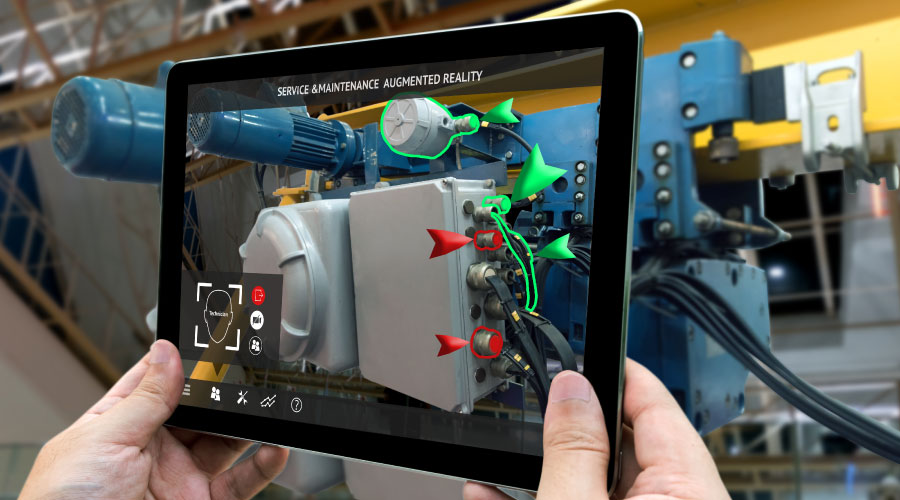What Are the Most Commonly Underused CMMS Functions?
A handful of commonly underused CMMS functions exist, and managers should keep them in mind during the specification process and after the CMMS is operating. Understanding the potential impact these functions can have on a department goes a long way in ensuring a return on the investment.
Web-request system. Many organizations do not push customers to use these modules because they prefer to take work-order requests over the phone and perform data entry manually. But allowing customers to make requests via the Web results in real-time savings and status updates, and it gives customers the ability to track their requests and view costs any time, Lucas says. In 2009, UNLV customers submitted 60 percent of their work orders via a Web-request system, and Lucas says he expects that number to reach about 80 percent in 2010.
Preventive maintenance (PM). Many CMMS have a PM module, but few organizations use it to perform predictive-maintenance tasks, including infrared thermography, leak detection, and vibration and oil analysis, Lucas says. Many organizations use preventive and predictive interchangeably, but they are two different types of tasks the same PM module can generate.
Warehouse and inventory control. Many organizations are not using the warehouse and inventory control feature their CMMS offers. This feature allows: documentation with purchase orders; receipt of parts into warehouses; charging of parts to work orders; and selling parts to other departments via sales orders, Lucas says. The warehouse and inventory control module is even more useful when combined with the PM module. Using these functions together allows managers to forecast parts and materials needed for preventive and predictive maintenance tasks and to order parts and materials in advance.
Timekeeping. Most technicians punch a time clock, but many managers do not break down that time by the hours and minutes technicians spend on specific jobs. Using the timekeeping function helps managers better understand the way technicians use their time. The number of hours on a work order is a major element in the cost of a job, so linking work-order time to the actual available hours in a workday makes sense, Lucas says.
Human resources. These modules track everything from managing position-control numbers to promotions and certifications, Lucas says. Managers also can use this module to monitor charge rates, which should include benefit and overhead costs.
Importance of Data
A CMMS is only as good as its data. Managers rely on this information for benchmarking, cost-justifying expenditures, and making informed decisions.
"I've always believed that CMMS data accuracy is one of the most important but least discussed topics in our industry," Lucas says.
Technicians are heavily involved in collecting most of the data in a CMMS, so it is crucial for managers to ensure technicians receive training on the importance of accurate information in work orders.
Says Petters, "Each and every user has to do their share in understanding the value of information that they contribute to the database. If your technicians don't take the work-order system seriously, the data that you get is virtually useless."
Related Topics:













